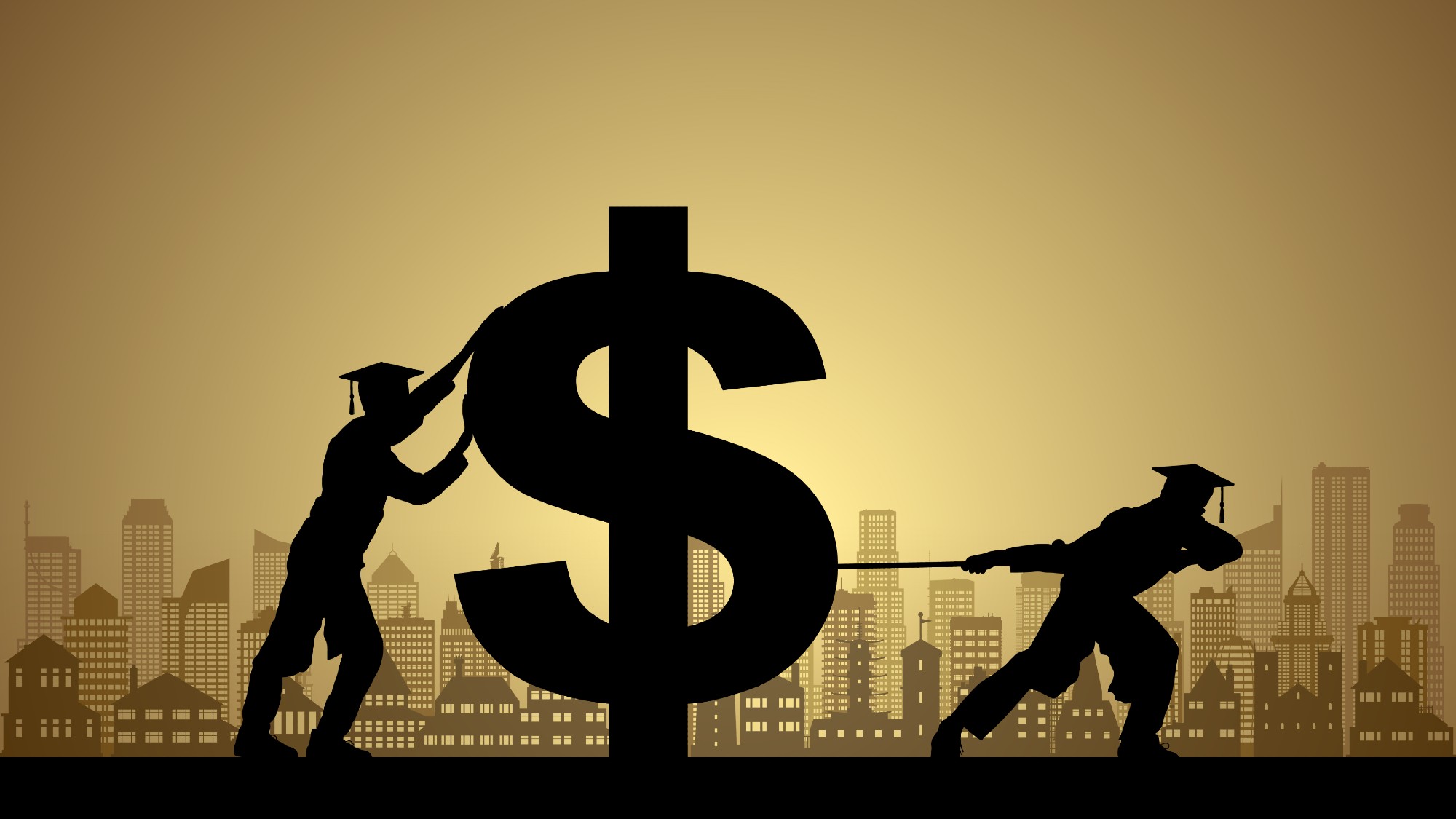Best Business Commentary
The dollar can decline along the Adam Smith path or the Jim Cramer path, says David Ignatius in The Washington Post. The striking Broadway stagehands will probably beat the Hollywood writers back to work, says David Carr in The New York Times.
Two dollar-correction tales
The dollar can decline along the Adam Smith path or the Jim Cramer path, says David Ignatius in The Washington Post. In the “Adam Smith version,” natural market mechanisms help the dollar make its necessary downward slide gradually. China starts saving in other currencies, the declining greenback shrinks our deficit, and then “the dollar eventually will begin to rise again.” But in the “Jim Cramer version,” the dollar’s “gradual adjustment” turns into a “stampede,” fueled by “emotional, volatile traders.” The Fed raises rates, we stop consuming, and the U.S. sinks into a recession. The sinking dollar can be “part of the cure,” but Smith makes the medicine go down easier.
A tale of two strikes
The Week
Escape your echo chamber. Get the facts behind the news, plus analysis from multiple perspectives.

Sign up for The Week's Free Newsletters
From our morning news briefing to a weekly Good News Newsletter, get the best of The Week delivered directly to your inbox.
From our morning news briefing to a weekly Good News Newsletter, get the best of The Week delivered directly to your inbox.
The striking Broadway stagehands will probably beat the Hollywood writers back to work, says David Carr in The New York Times. The stagehands—“400 or so (mostly) beefy guys”—would seem to hold fewer cards than the 12,000 writers, who “fuel a much larger enterprise” with their “creative expertise.” But unlike the writers, “the stagehands have actual leverage” in their ability to shut down “moneymaking entertainment” that can only be seen at a specific time and place. Also, while Broadway producers are losing millions, Hollywood studios don’t seem to mind the strike much and even seem to be holding out to break the writers guild.
A free daily email with the biggest news stories of the day – and the best features from TheWeek.com
-
 Antibiotic resistance: the hidden danger on Ukraine’s frontlines
Antibiotic resistance: the hidden danger on Ukraine’s frontlinesUnder The Radar Threat is spreading beyond war zones to the ‘doorstep’ of western Europe
-
 ‘Capitalism: A Global History’ by Sven Beckert and ‘American Canto’ by Olivia Nuzzi
‘Capitalism: A Global History’ by Sven Beckert and ‘American Canto’ by Olivia NuzziFeature A consummate history of capitalism and a memoir from the journalist who fell in love with RFK Jr.
-
 Who will the new limits on student loans affect?
Who will the new limits on student loans affect?The Explainer The Trump administration is imposing new limits for federal student loans starting on July 1, 2026